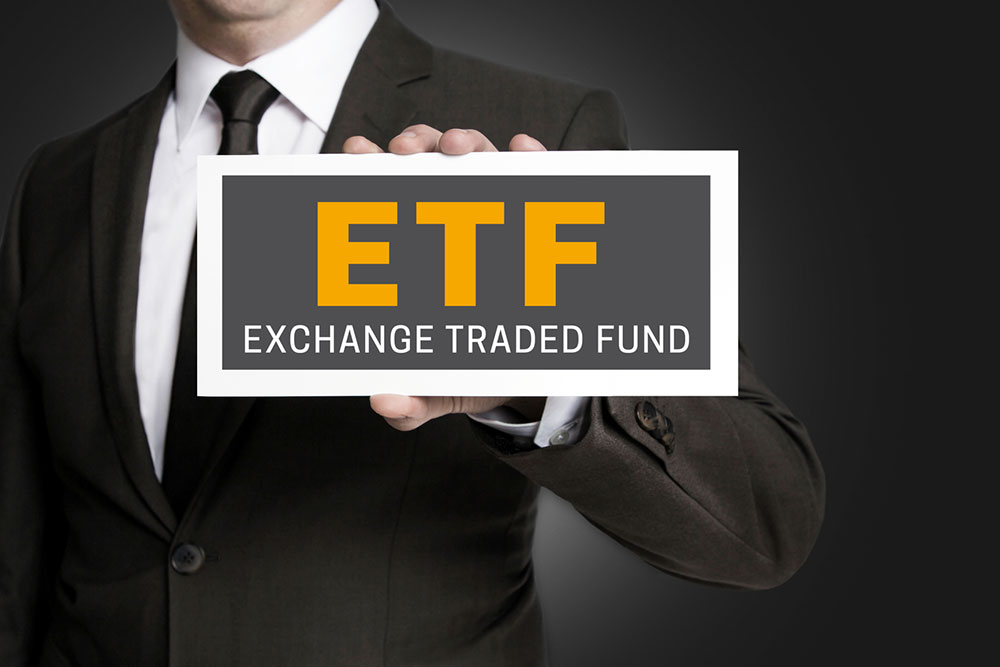
11 common mistakes to avoid when investing in ETFs
Investing in Exchange-Traded Funds (ETFs) offers a simple and diversified way to participate in the financial markets. But, even experienced investors can make some mistakes that can hinder the growth of their investment portfolio. So, it is essential to understand the common ETF-investing mistakes and learn how to avoid them. Whether newbies or seasoned investors, understanding some common pitfalls can help investors make informed decisions and achieve their financial goals.
Neglecting research – the foundation of sound investing
Before venturing into the ETF market, conducting thorough research is essential. Many investors overlook this critical step, which can lead to uninformed decisions and potential losses. Take the time to understand the underlying assets, investment objectives, and historical performance of the ETFs. Neglecting research can result in significant setbacks. With thorough research, one can make informed decisions to mitigate risks and maximize investment potential.
Overlooking expense ratios – the silent erosion of returns
The expense ratio is one of the most commonly overlooked aspects of ETF investing. While it may appear insignificant at first glance, the expense ratio can have a great impact on one’s investment returns over time. Higher fees can eat into one’s profits and erode long-term gains, making it crucial to evaluate the expense ratios of ETFs carefully. By opting for ETFs with low expense ratios, one can maximize their investment potential and ensure higher returns.
Ignoring liquidity
Liquidity is a crucial factor that can significantly impact one’s ETF investments. It affects trade execution and bid-ask spreads, influencing the ease with which one can buy or sell ETFs. Ignoring liquidity can lead to challenges such as unfavorable pricing and increased transaction costs. To avoid these pitfalls, it’s essential to prioritize ETFs with robust liquidity. Such ETFs facilitate seamless trade execution, minimize transaction costs, and help mitigate liquidity-related risks, ensuring a hassle-free investment experience.
Failing to diversify
Diversification is a fundamental principle of investing, yet many investors overlook its importance when selecting ETFs. Concentrating all investments in a single sector or asset class exposes one to high risk and volatility, which is one of the common ETF investing mistakes. Mitigate concentration risk by diversifying the ETF portfolio across various sectors, asset classes, and geographic regions.
Chasing performance
One of the most common ETF investing mistakes is the temptation to chase past performance. Investors often make the mistake of assuming that historical returns will continue in the future, leading them to select ETFs based solely on their past performance. However, past performance is not necessarily indicative of future results, and chasing performance can result in unfavorable investment outcomes. Instead of fixating on past performance, it’s essential to focus on the underlying fundamentals and investment thesis of the ETF. By conducting thorough research and considering factors beyond historical returns, investors can make more informed decisions and avoid the trap of chasing performance.
Not considering portfolio rebalancing
One common ETF investing mistake is neglecting to rebalance one’s portfolio. Over time, market shifts can skew one’s asset allocation, leading to unintended risks and lower returns. Investors should regularly realign their portfolio with target allocation to maintain consistency with their investment strategy, ensuring long-term stability and growth.
Trying to time the market
Market timing is often alluring, promising the potential to capitalize on short-term fluctuations in asset prices. But, attempting to beat the market through timing strategies involves a lot of challenges. Even seasoned investors can struggle to consistently predict market movements, leading to missed opportunities and increased transaction costs. Rather than trying to outsmart the market, investors should focus on building a diversified portfolio aligned with their long-term financial goals. By staying invested and adhering to a disciplined investment approach, one can navigate market volatility with confidence and pursue their investment objectives effectively.
Overlooking tax efficiency
Tax efficiency is often overlooked but can significantly impact investment returns, especially in taxable accounts. ETFs are known for their tax efficiency, but failing to consider tax implications when selecting ETFs can result in unnecessary tax liabilities. So, consider tax-efficient ETFs, such as those with low turnover and qualified dividend income, to maximize after-tax returns.
Underestimating risk
Investing inherently involves risk, and underestimating or disregarding risk can greatly impact one’s portfolio. Implement robust risk management strategies, such as asset allocation, diversification, and periodic portfolio rebalancing in order to mitigate risk and safeguard investments against market volatility.
Investing emotionally
Emotions have a powerful influence on investment decisions, often leading one to make irrational choices driven by fear or greed. Avoid falling for emotional investing by maintaining a disciplined investment approach, adhering to one’s investment plan and tuning out short-term market noise.
Skipping regular portfolio review
Investing is not a set-it-and-forget-it endeavor; it requires ongoing monitoring and periodic portfolio review. Neglecting to review ETF investments regularly can result in missed opportunities, portfolio drift, and deviations from one’s investment objectives. Schedule regular portfolio reviews to assess performance and ensure alignment with one’s investment goals.
Navigating the ETF landscape requires diligence, discipline, and a keen awareness of potential pitfalls. By avoiding the common ETF investing mistakes and implementing sound investment strategies, investors can enhance their chances of achieving long-term investment success and realizing their financial objectives.





